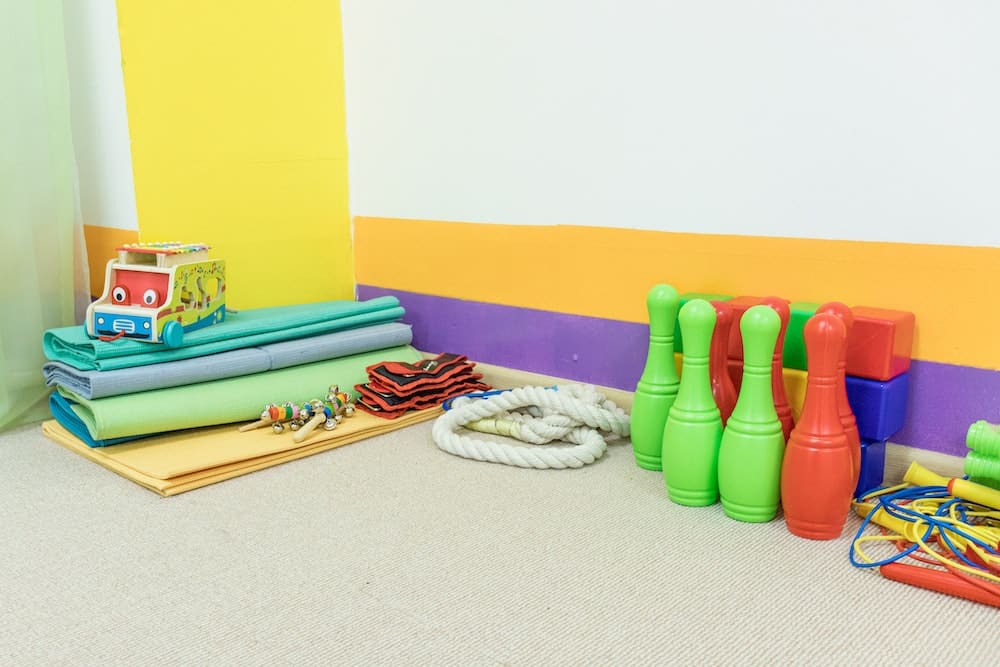What are the best strategies for integrating a rescue dog into a multi-pet household?

In the realm of pet parenthood, welcoming a rescue dog into your family can be one of the most rewarding experiences. However, successfully integrating a rescue dog into a pre-existing multi-pet household requires careful planning and consideration. It’s a sensitive process, involving the complex dynamics of animal behavior and inter-species socialization. Here, we’ll explore a range of strategies that can help make the transition smoother for everyone involved.
Understanding the Unique Challenges of Rescue Dogs
While bringing a rescue dog into your home is a commendable act of kindness, it’s essential to recognize the unique challenges associated with it. The history and experiences of rescue dogs are often unknown, and their behavior can be unpredictable. They may harbor underlying trauma or fear, which could manifest in different forms such as aggression or anxiety. This can add a layer of complexity when introducing them to your existing pets.
A voir aussi : What is the most effective way to reinforce positive behavior in pets?
To avoid escalating tensions or creating a hostile environment, it’s crucial to take time to understand the rescue dog’s behavior. Spend ample time with the dog before bringing them home. This will give you a fair idea of their temperament, helping you predict how they might react to new surroundings or companions.
Proper Introduction Techniques
One of the first and most critical steps in integrating a rescue dog into your household is the introduction phase. This is when your pets will have their initial contact with the new member, and it can shape their future interactions. Therefore, it’s vital to plan this stage meticulously.
Sujet a lire : How to help an anxious cat adapt to a carrier for safe travel?
Remember, first impressions matter, even for pets. Initial introductions should be calm and carefully controlled. Never force your pets into meeting the new dog; let them take their time. Neutral spaces, like a park, can provide a less threatening environment for the first introduction.
Gradual introductions are usually the best approach. Allow your pets to sniff out the newcomer’s scent before they meet face-to-face. Swapping bedding or using scent items can help familiarize your pets with the rescue dog’s scent.
Structured Training and Socialization
Training and socialization are key to a successful integration of a rescue dog into a multi-pet household. Consistent, structured training can help manage a rescue dog’s behavior, making them more adaptable to new circumstances.
Enrolling your dog in obedience classes can help teach them essential commands and manners, facilitating healthier interactions with other pets. Positive reinforcement methods, such as treats and praises, can boost the dog’s confidence and motivation.
Socialization is equally important. Expose your rescue dog to various situations involving other pets in a controlled environment to help them adapt better. This could mean regular walks in the park or playdates with other dogs.
Monitoring Interactions and Supervising Playtime
Another crucial aspect of integrating a rescue dog into your multi-pet household is to monitor their interactions with your existing pets. Supervision, especially during the early days, can prevent conflicts and ensure that all pets are comfortable in each other’s presence.
Observe how your pets react to each other. Note any signs of stress or aggression, and intervene if necessary. Remember, it’s normal for pets to take time to warm up to each other.
Playtime supervision is also crucial. Ensure all pets have their toys and play in a neutral area. This can prevent resource guarding, which could lead to conflicts. Whenever possible, try to engage all pets in group play sessions to foster bonding and mutual respect.
Providing Individual Attention and Care
While it’s important to foster communal harmony among your pets, don’t overlook the importance of individual attention and care. Each pet, including the new rescue dog, should feel loved and cherished.
Ensure that each pet has their own space, food and water bowls, and toys. This can help reduce competition and promote individual well-being. Spend time alone with each pet, doing things they enjoy. This can help prevent feelings of jealousy and keep the peace in a multi-pet household.
In conclusion, integrating a rescue dog into a multi-pet household is a task that requires patience, time, and commitment. With the right strategies and mindset, you can ensure a harmonious co-existence among all your pets. Remember, every pet is unique and may respond differently to new situations. Thus, it’s essential to be flexible and adjust your approach as needed.
Establishing Routine and Boundaries
Establishing a routine and setting boundaries are key strategies in integrating a rescue dog into a multi-pet household. Dogs, like humans, thrive on structure and routine. Familiarity with daily happenings gives them a sense of security and helps them adapt more quickly to new surroundings.
Set a regular schedule for feeding, walking, playing, and other activities. This routine will help the rescue dog adjust and understand what is expected of them. It also ensures that all the pets get equal attention and care.
Boundaries are equally important when introducing a second dog or more into your home. It’s crucial to determine where the dogs will be allowed to roam freely, where they’re restricted, and where they can retreat for peace and quiet. This, again, reduces the chances of potential conflicts among pets.
Remember, the resident dogs or cats in your household have already established their spaces and habits. Introducing a new dog into their territory may be seen as an intrusion. To ease this, you might consider rearranging some spaces and introducing neutral zones where all pets can interact without feeling threatened.
Understanding and Respect of the Dogs’ Body Language
All dogs, regardless of the dog breeds, communicate predominantly through body language. As a pet parent, understanding these cues can be instrumental in integrating a rescue dog into your multi-pet household.
Pay attention to how your pet communicates. A stiff tail, raised fur, or bared teeth are signs of stress or aggression. In contrast, a wagging tail, relaxed posture, and play bows are signs of a happy and relaxed dog.
Understanding the body language of your current dog and the new addition will help you intervene if necessary and maintain a peaceful environment. Equally important is teaching your pets to respect each other’s body language. This understanding and respect for body language can prevent misunderstandings and potential conflicts.
In conclusion, the process of integrating a rescue dog into a multi-pet household is a delicate one that requires patience, empathy, and understanding. It’s essential to acknowledge the individuality and unique needs of each pet, create a structured environment for them to thrive in, understand their body language, and respect their boundaries. Keep in mind that this is a significant change not just for the rescue dog but your current pets as well. But with love, patience, and consistency, your pets can learn to live harmoniously. Remember, the end goal is to provide a safe, loving, and comfortable home for all your pets, where each family member feels valued and cared for.
